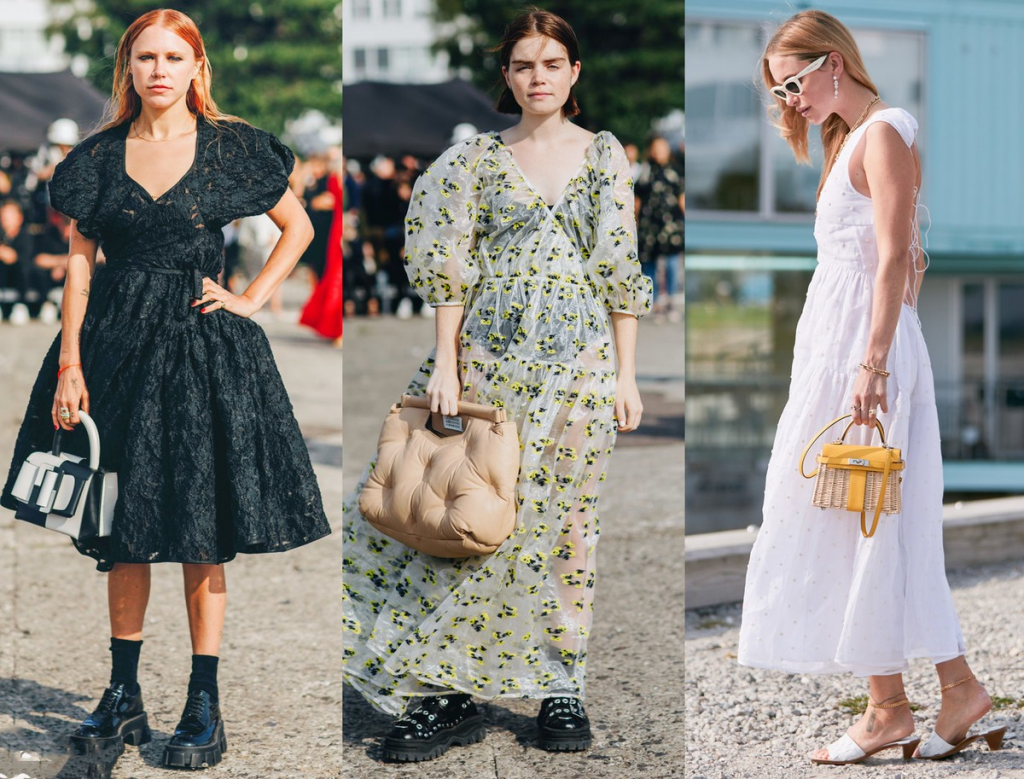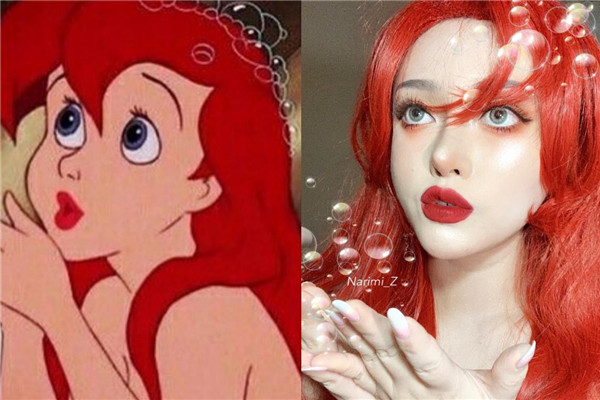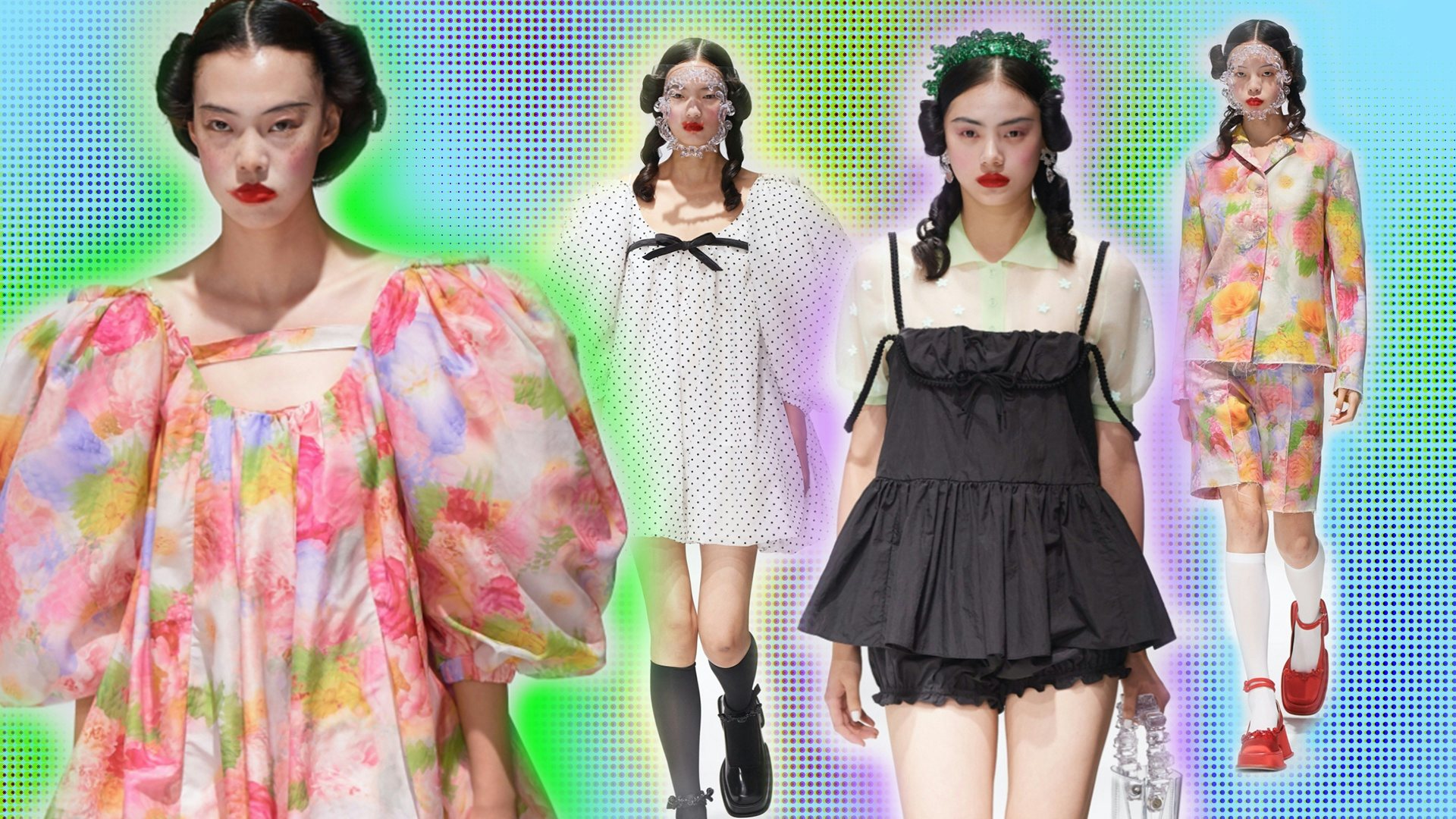Term/Phrase:#
Escaped Disney Princess (迪士尼在逃公主)
About the trend:#
For decades, Disney princesses have been an inspiration to young girls around the world. But now, young adults in China have become obsessed with these feminine archetypes thanks to a new internet trend. Lately, China’s Gen-Z netizens are proclaiming themselves to be “escaped Disney princesses” and are showing off their princess-style fashions (oversized bubble sleeves, ruffle skirts, and princess-style makeup looks) in social media posts.
On the Chinese lifestyle app Little Red Book alone, there are over 10,000 posts tagged with this newly-invented phrase. According to the Chinese news platform Sohu, brands like Miu Miu, JW Anderson, and Simone Rocha have conjured up dreamy princess-like designs in recent seasons. But it's Danish designer brand Cecilie Bahnsen that has been nominated as the most popular princess brand by domestic fashion bloggers.

Why Gen-Z consumers like it:#
Replicating the look of a Disney princess in real life requires a lot of creativity, especially on China’s top short video platform Douyin, where the hashtag #EscapedDisneyPrincess# has been trending. For videos to go viral, “not only do young women need to physically resemble the look of a Disney princess, but they must mimic the mannerisms and vivid expressions as well,” said Olivia Plotnick, a China marketing specialist. “Social media is a breeding ground for competition and creativity, and when you mix the two, you can get trends that snowball very quickly.”
The Gen-Z verdict:#
Many female Gen Zers in China have had their clothing, makeup, and even photo filters influenced by the “Kawaii” style — Japan’s culture of cuteness. Mandy Liu, a 22-year-old makeup enthusiast, told Jing Daily that one of the most common travel destinations for young Chinese women these days is Disneyland because they can dress up in feminine clothing and take pictures of themselves. So, it's not surprising that this trend took off with this digitally-native generation. “Many Chinese girls love delicate and girly styles, and brands like Miu Miu are especially popular,” Liu said.

How luxury brands should approach the trend:#
As the concept of “womanhood” becomes an increasingly heated discussion topic in China, many Gen Zers are reinterpreting what it means to be a powerful woman while embracing femininity through their fashion tastes. And unlike the adoption of marketing strategies in the West, beauty brands should quickly utilize culture-specific feminine trends in China.
As Plotnick pointed out, Perfect Diary is popular because it can quickly pump out new campaigns and special-edition products, thanks to its Chinese social media-savvy marketing teams. Foreign brands, on the other hand, take considerably longer. In May, Perfect Diary broke the internet with products like the Fancy Carp Lucky Eyeshadow Set and the animal-themed eye palettes it created in collaboration with the Discovery Channel, both of which inspired tens of thousands of online posts. The brand smartly leveraged Gen Z's love of cuteness and its trend-following tendencies through a series of Weibo hashtag campaigns.
Far too often, Western luxury brands’ decision-makers are many times removed from China, and even though these brands may understand current market trends, they have a hard time quickly capturing their cultural intricacies from the outside.
Gen Zers now make up roughly 20 percent of China’s 1.4 billion people, and they are developing new online personas every minute. Considering the powerful social media influence of this demographic, brands must have a China team that feels empowered to make quick decisions and execute trends that cater to this group’s growing spending potential.
